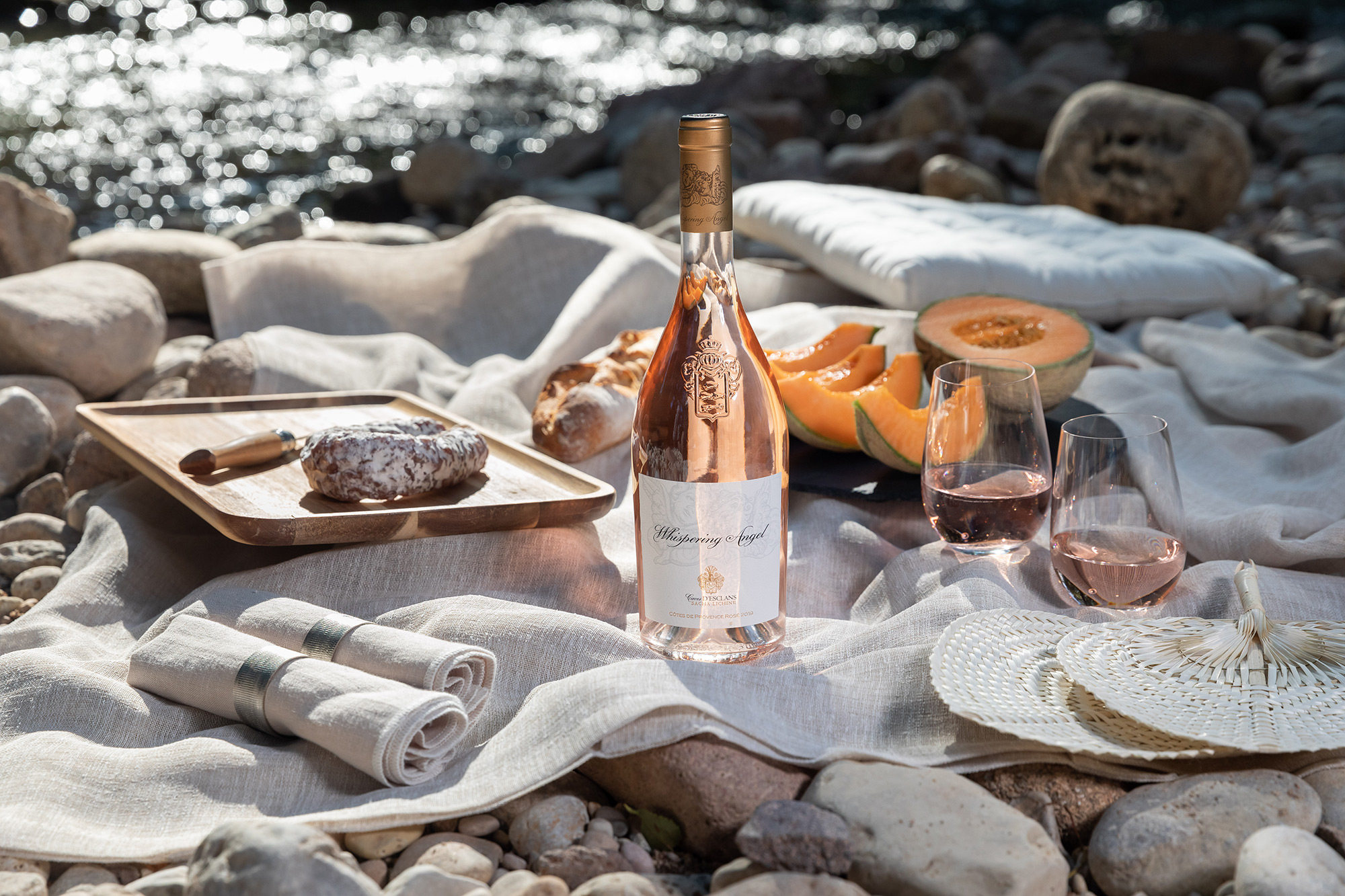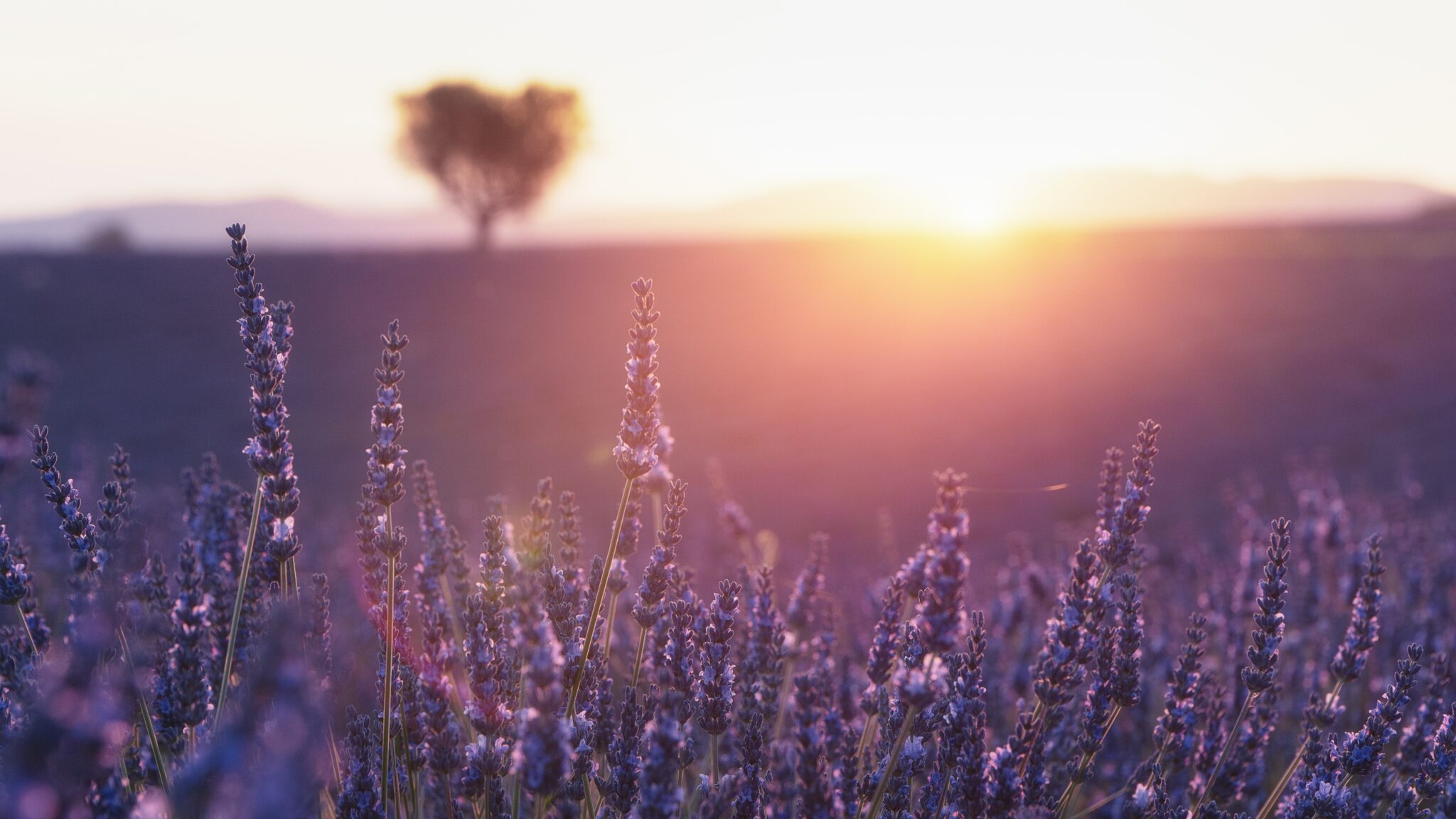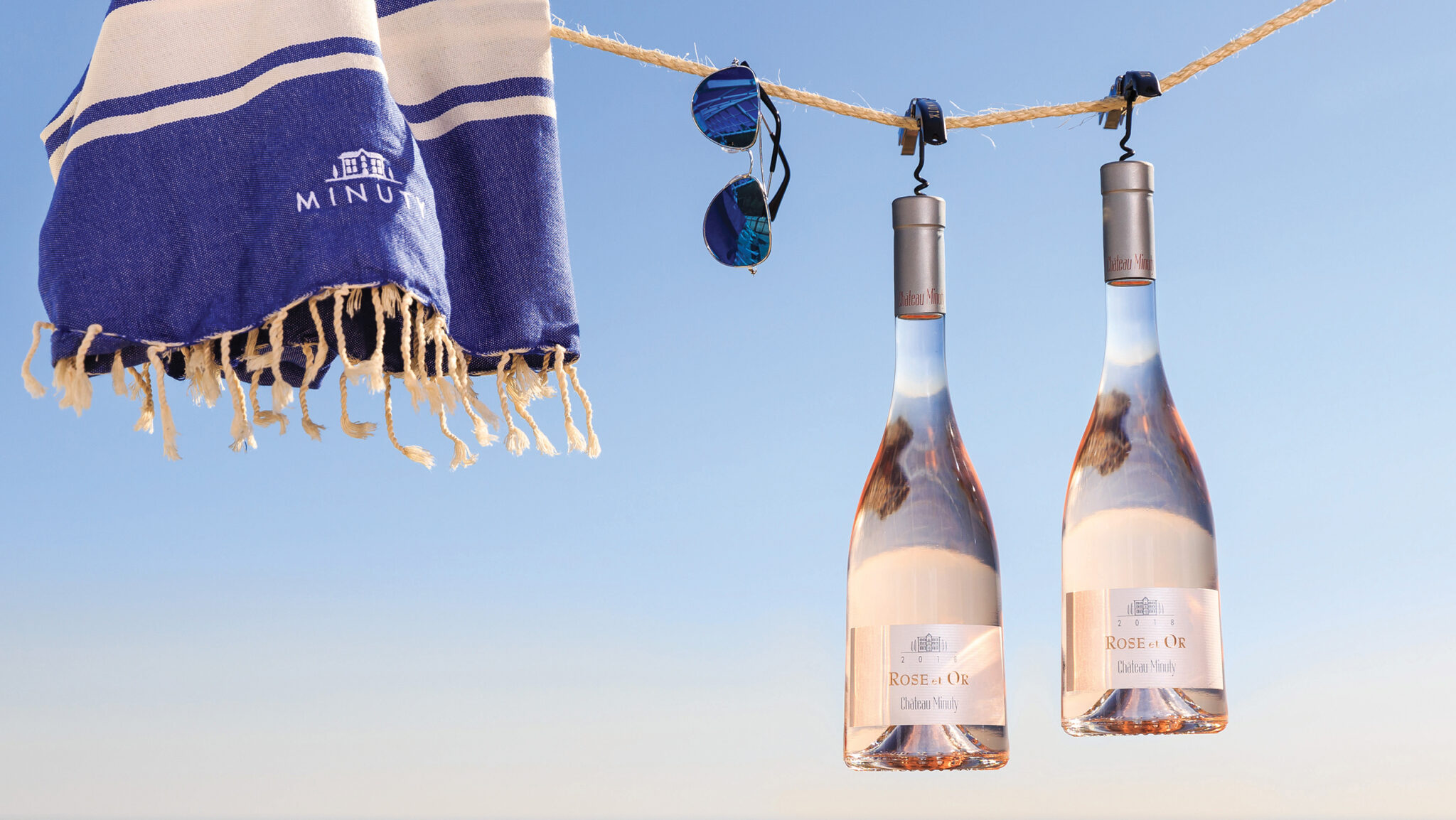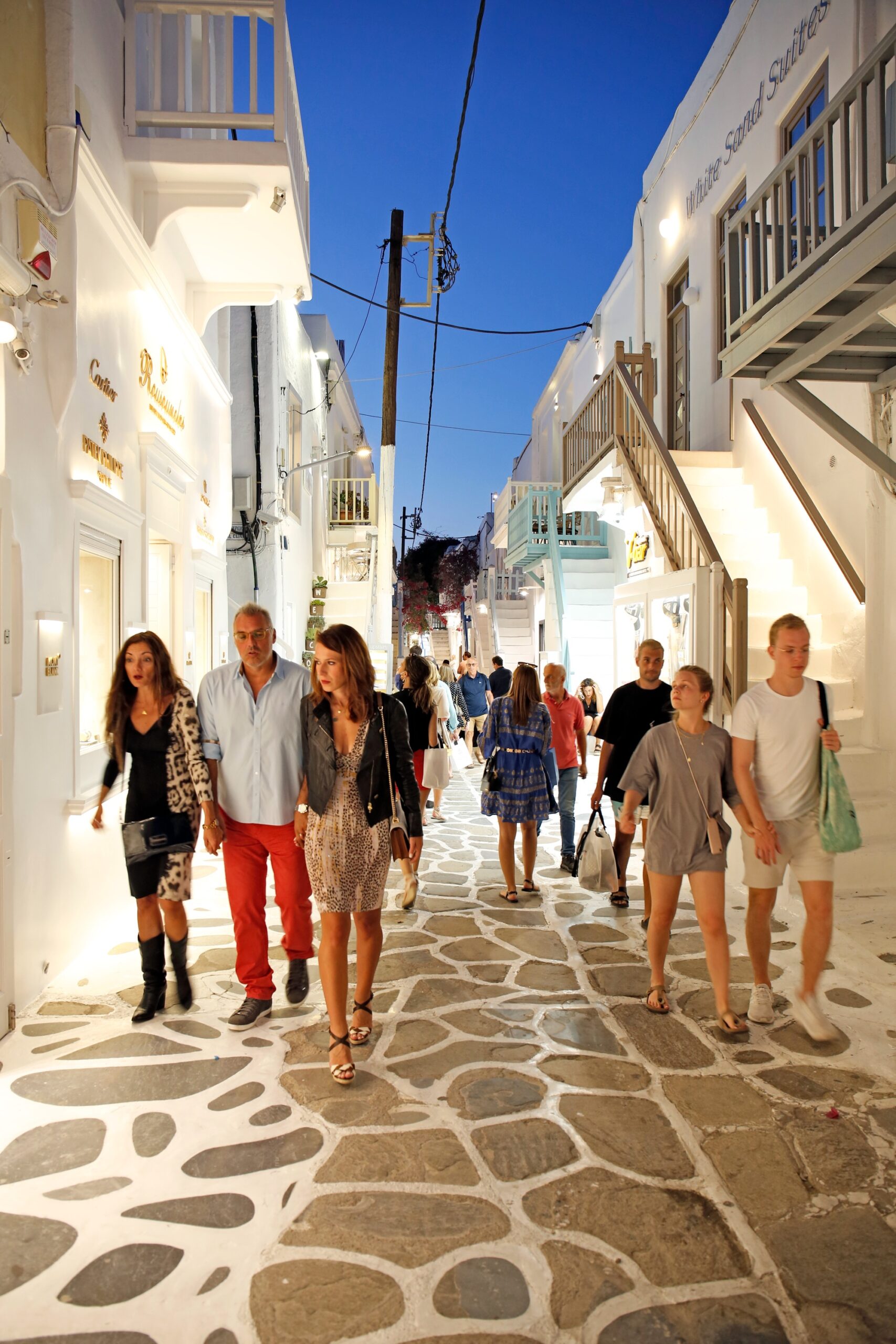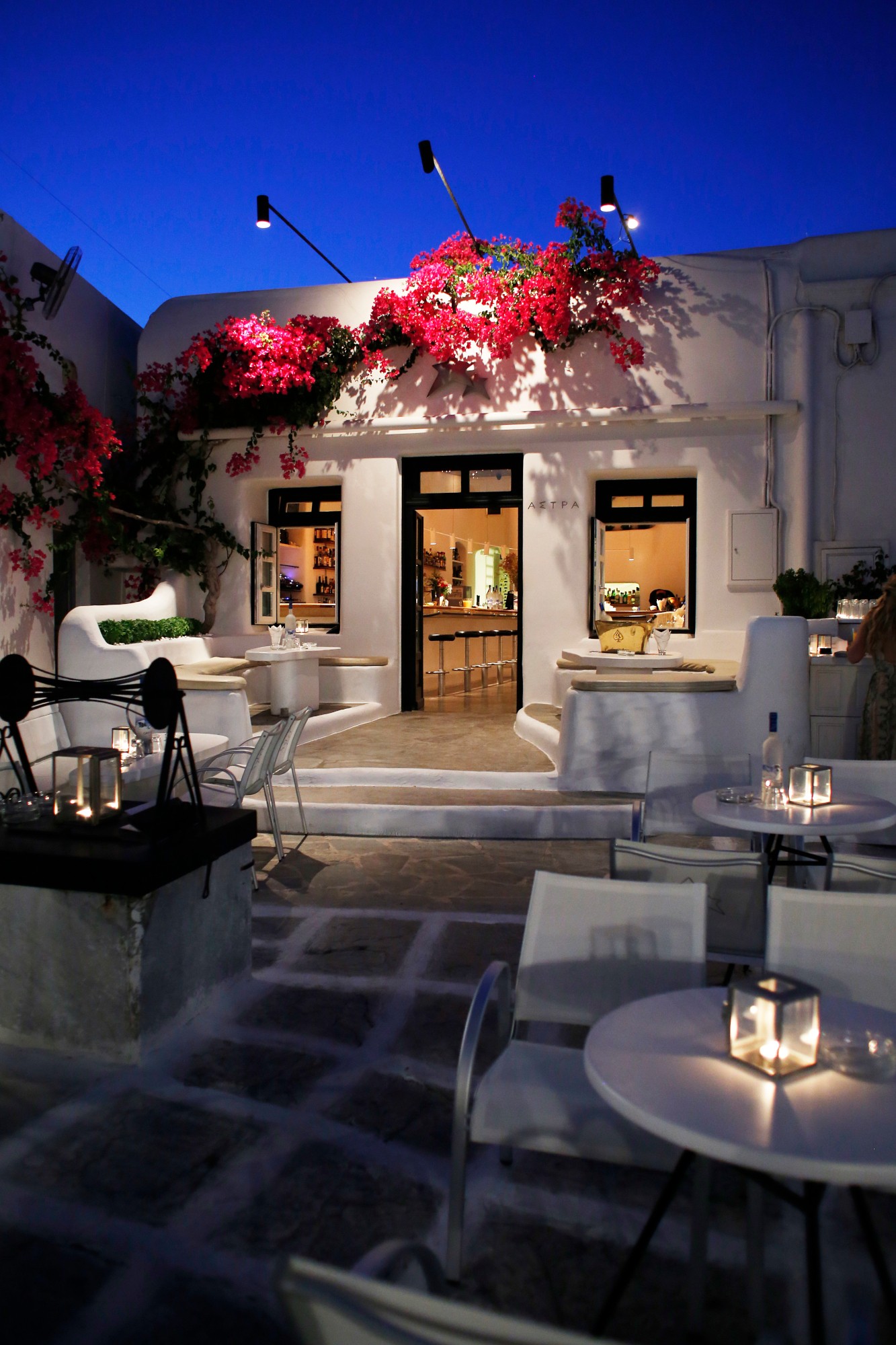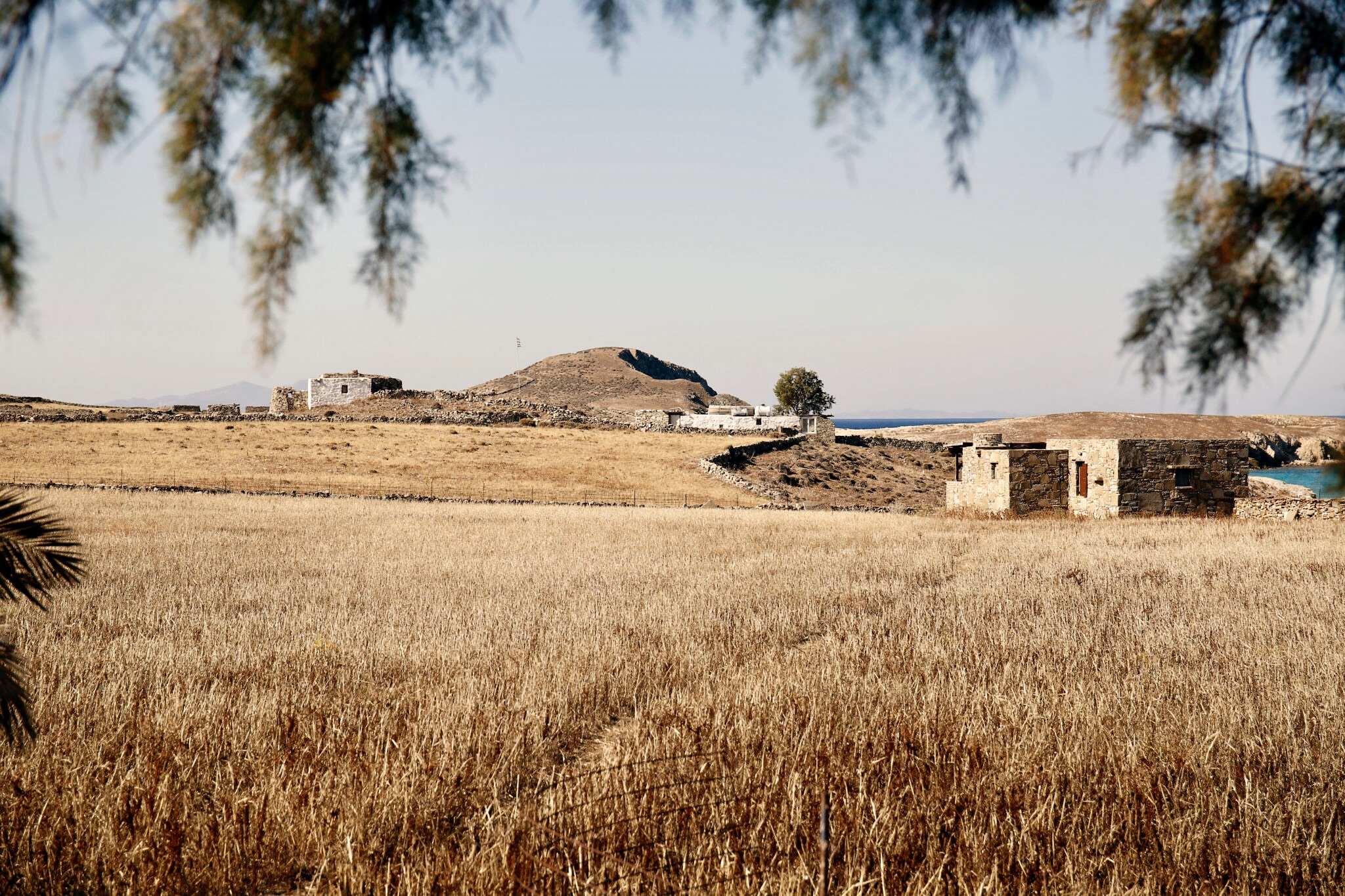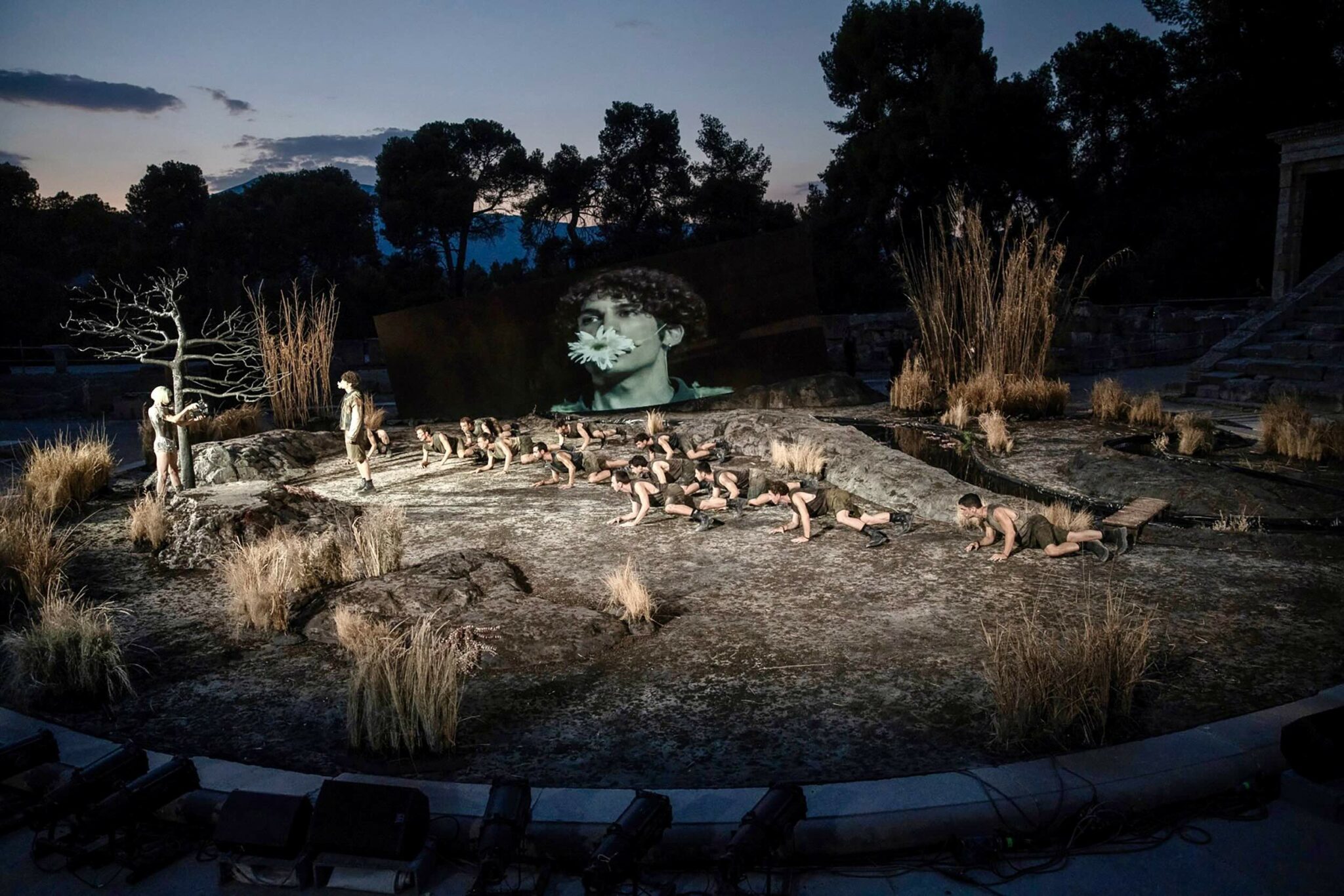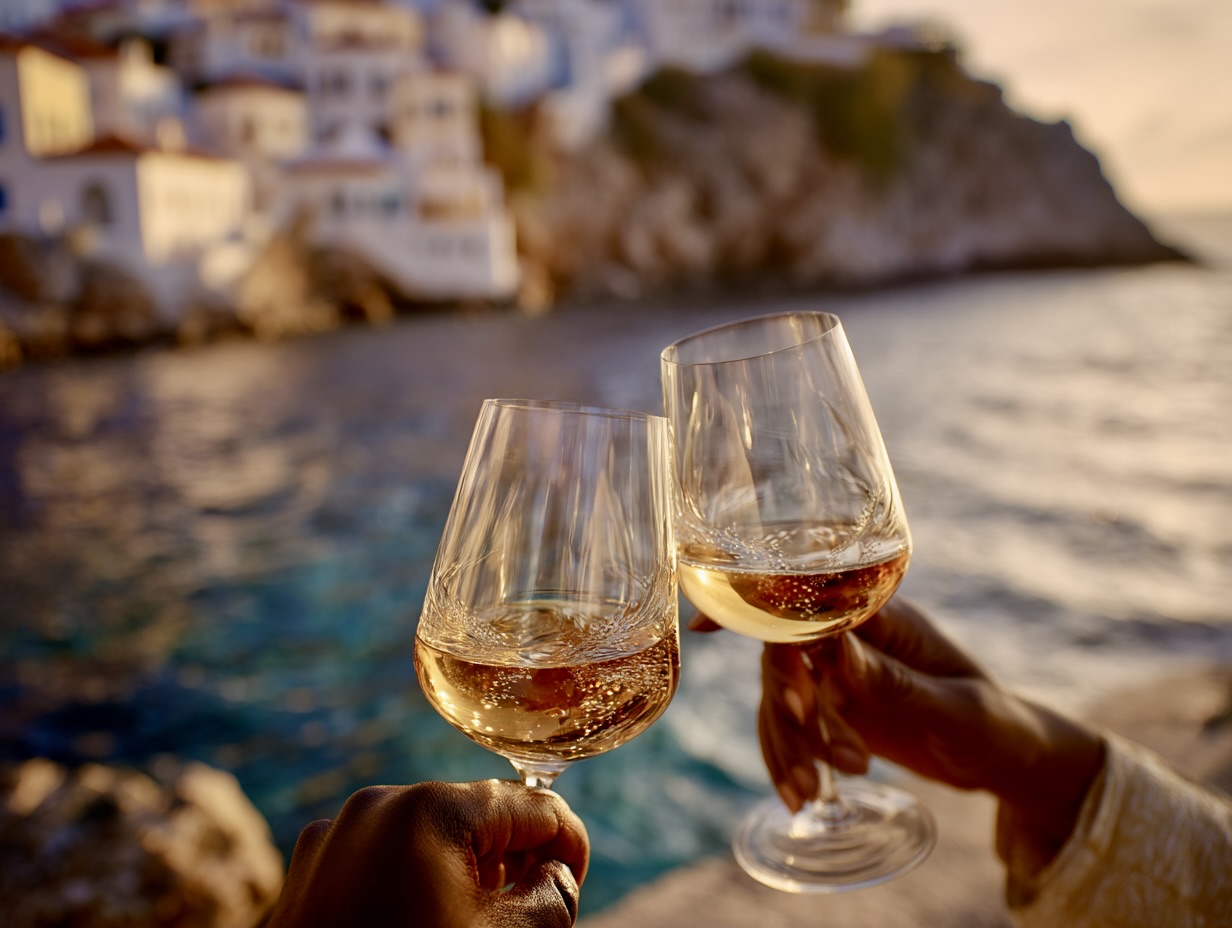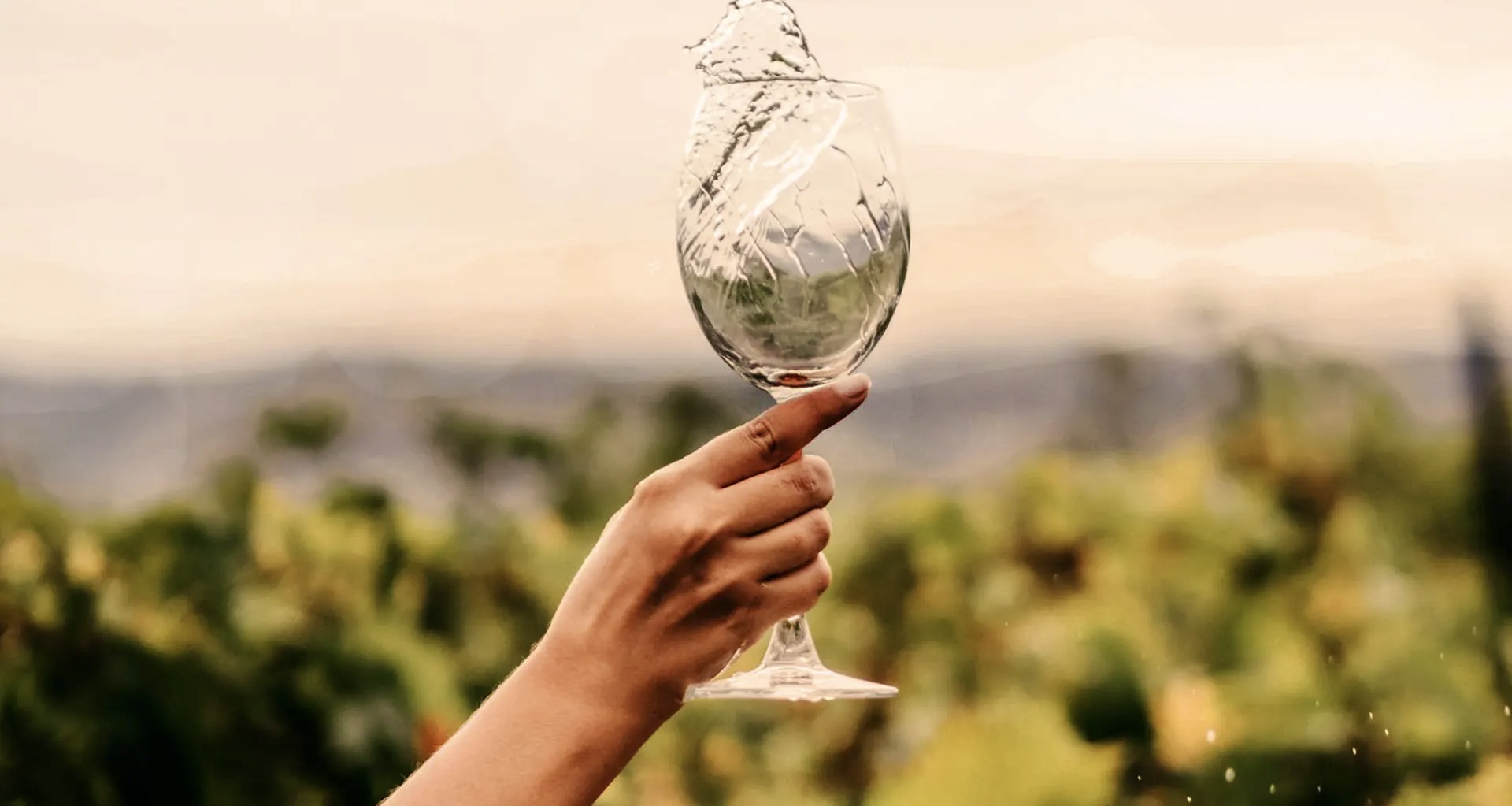In Provence they say that “rosé is the easiest wine to make but the hardest to make well”. Considering this tourist season in Mykonos, we could add that “rosé is the easiest wine to sell, whether it is well-made or not”.
The vineyards of Provence are usually bordered by lavender fields and create amazing colour combinations. The local culture combines cultivating the land with wellness and cosmopolitanism that has become the norm in the resorts of South France in the past many decades.
Provence is the home of rosé wine. Legendary wineries have been championing rosé wine decades before it became as notoriously popular as it is today – after all, there, it is associated with dolce vita, extroversion, communication, style. And in the process, it also acquired the label of sexiest wine. Above all, it’s a wine that has become synonymous to summer, that can accompany any food, and is described by the cliché “easily drinkable” since it can be enjoyed at temperatures ranging from slightly cool to ice cold.
Provence and rosé culture in the past 15 years has not only conquered the world in terms of consumption, but it has affected the international winemaking to the extent that there are constantly new rosé wines made in different areas of different countries. This is true in Greece too.
In Mykonos, rosé is adored. Each year the rosé consumption is more than that the year before. This season, the glorious 2019 seemed to be lacking to compete with the tourists’ post-lockdown thirst that consistently emptied the cellars of restaurants and bars. It’s estimated that the wine consumption turnover increased 30% in comparison to 2019 and 100% to 2020.
Rosé labels like Whispering Angel and Miraval were hits, as was the limited-edition Domaine Ott, or the relatively more expensive Minuti. Even the Greek Idylle by LaTour Melas became rare. “Revenge consumption”, as this reactive behaviour of people buying more than they would normally after the pandemic restrictions were eased has been named, has included red wines as well despite the high summer temperatures.
Even labels like Barolo, a primarily winter wine that goes well with strong, fatty flavours, were consumed at steak restaurants, along with classic Tuscany wines, like Sassicaia that had moments of glory – it’s a wine that can be bought at € 250 from the store and whose price at restaurants could be over € 1000.
What’s most impressive is that even the ultra-premium red wines, like Petrus or Romanee Conti, were consumed with equal zest. These are French labels that go for €7500 -12000 a bottle, that arrived in Mykonos directly from Paris without stopping at the wine importer’s warehouses in Athens, as per usual, due to the great and immediate demand.
According to other “statistics” – though this is not limited to Mykonos – Malagouzia was the Greek variety that had its best season, while on a spirits level, tequila and its more premium versions like Azul had sales they hadn’t even dreamed of. Already the hospitality sector in Mykonos is preparing; the summer of ’22 is expected to be hot. Wine coolers will be full to balance the heat out.



